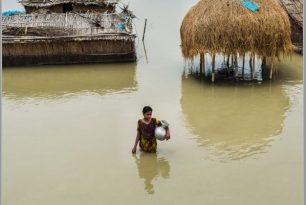
No ratings yet. Rate This! Please rate this content
![]()
![Handbook on Gender Mainstreaming in Disaster Management [Thai language] Handbook on Gender Mainstreaming in Disaster Management [Thai language]](https://www.rcrc-resilience-southeastasia.org/wp-content/uploads/2018/05/Image_TRC_Gender_DisasterManagement-306x205.jpg)
This handbook puts together the lessons learned from relief operations conducted by government agencies, humanitarian organizations, volunteers, and local communities to assist people affected by natural disasters. It presents the process and measures in mainstreaming gender in disaster management and…
![]()